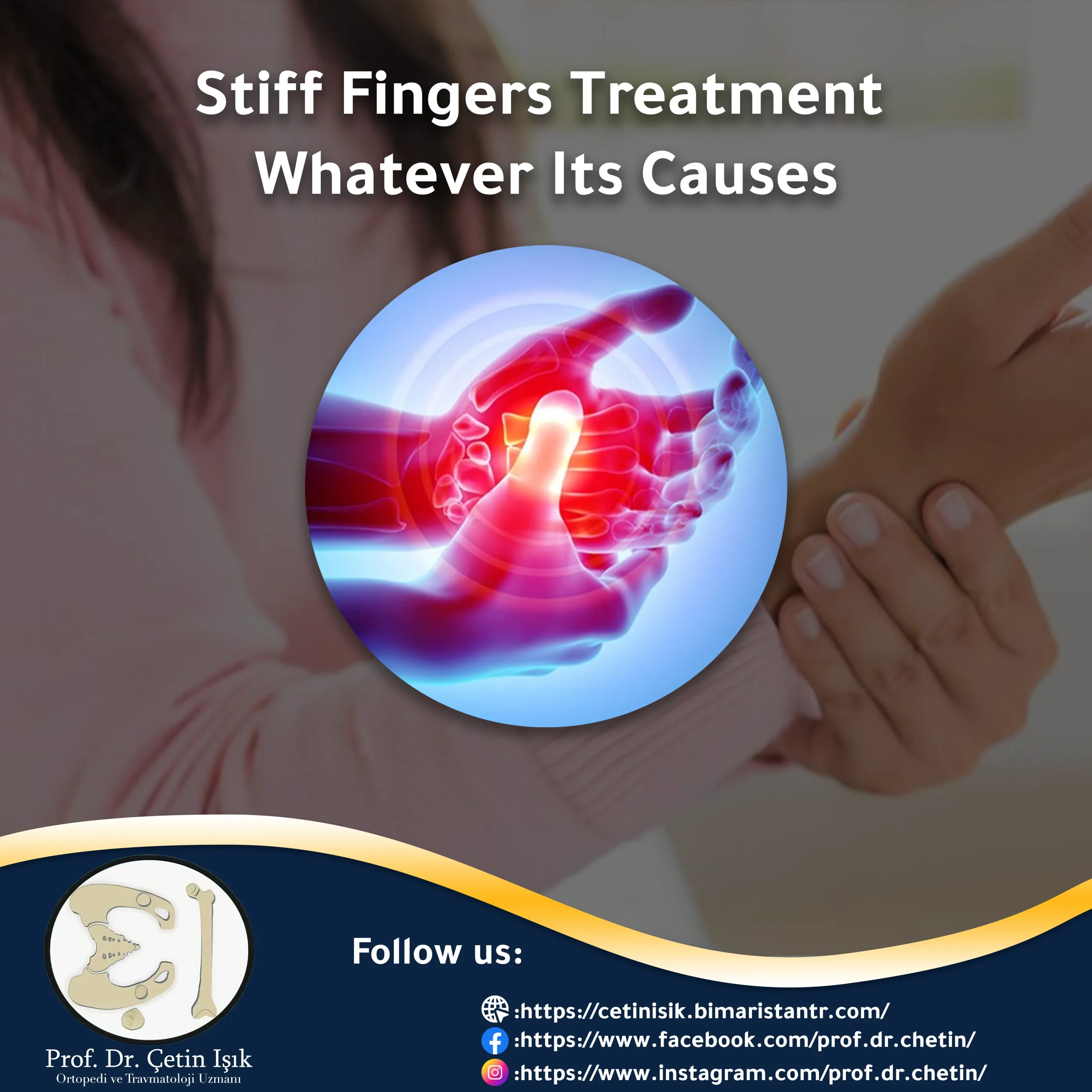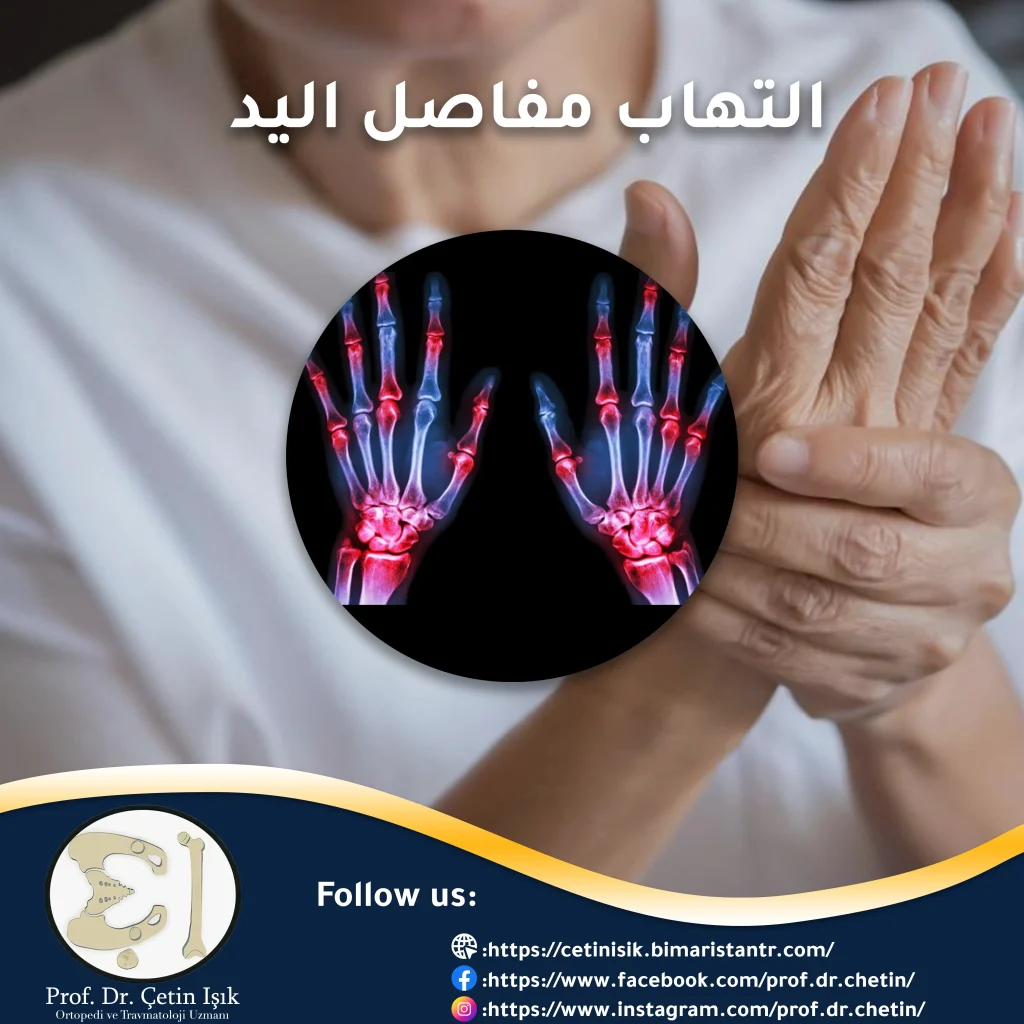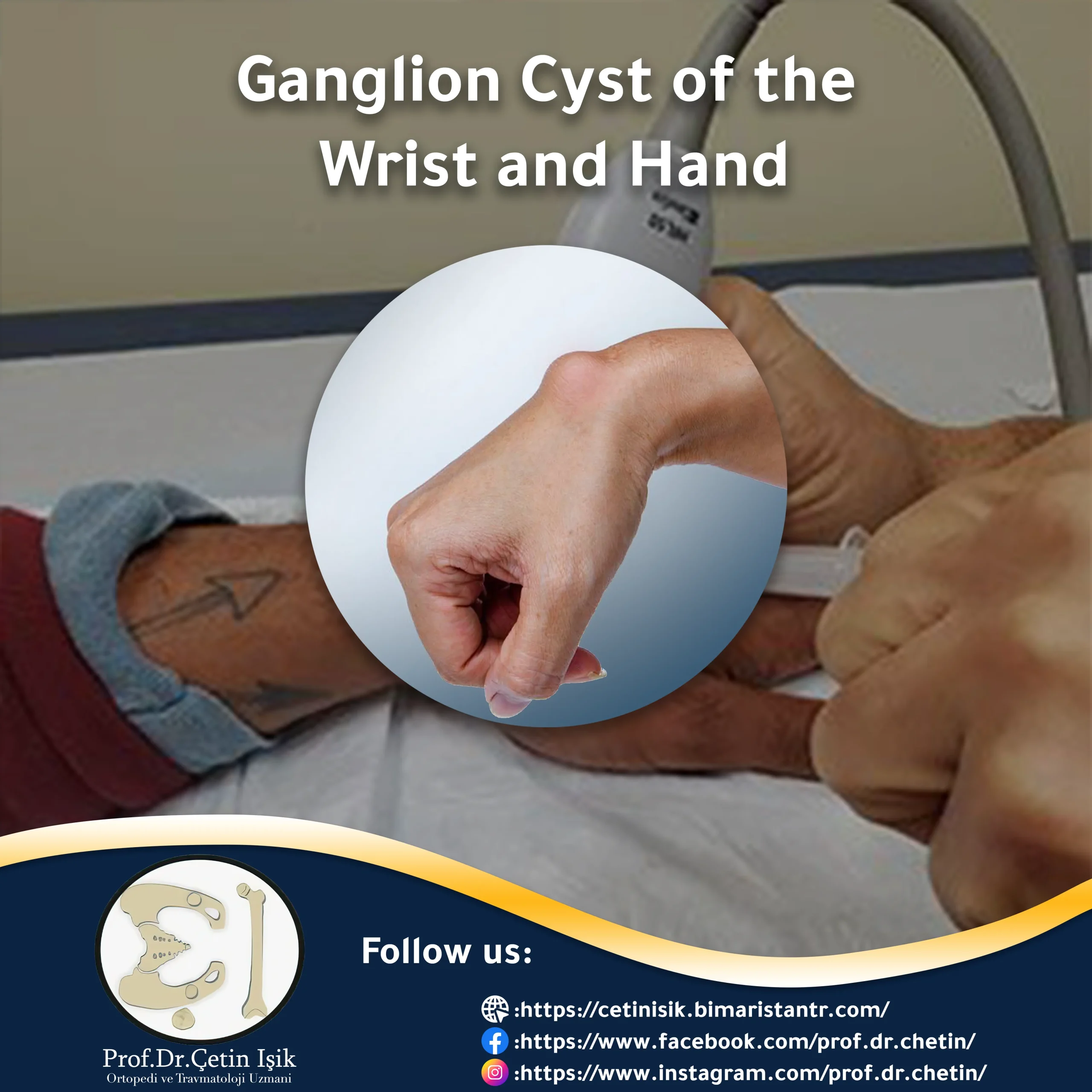Stiff fingers treatment is essential to improve the patient's life and perform his daily functions. We will learn about the most prominent treatments used, as treatment varies from patient to patient, depending on the case.
The choice of the optimal treatment for stiff fingers depends on several factors, such as the cause of the stiffness, the patient's age, his health, the severity of the symptoms, and the extent of its impact on the patient's life and activities.
Non-articular diseases may cause stiffness in the joints of the hand, such as diseases of the ligaments and tendons that determine the movement of the joint. The Cause of stiffness play the most significant role in determining the appropriate treatment. Still, the doctor will usually try to start with conservative treatment of exercises and medications and then move on to more aggressive treatment, such as surgery if the previous treatment fails. Let's learn about the most important therapeutic methods used in stiffness with its various causes.
Treating stiff fingers naturally without medication
Several natural, non-drug remedies can be tried at home to treat knuckle stiffness, but research on their benefit is limited. Also, do not use these methods before consulting a doctor, as they may be dangerous for some.
The following treatments may help to relieve arthritis pain and reduce swelling and stiffness in the joints:
- Ginger
- Willow bark
- Turmeric
- Green tea
- Boswellia serrata
- Fish oil
- Devil's claw herb
Read more about: Herbal treatment for stiff joints.
Treatment of difficulty moving finger joints with exercises
Exercise can make the fingers more flexible and supple and improve their mobility. They also help relieve joint pain and swelling. Several exercises can be done for this purpose; all of them are finger stretching exercises.
Stiff fingers treatment by bending and opening them
This exercise is easy and requires you to bend your fingers and then open them again a few times. When you're done, make a fist and wait 10 seconds, then open your hand and wait another 10 seconds. Place your elbow on a table to stabilize your arm. Keep your wrist straight while doing this exercise, and remember to perform the movements slowly.
Finger touch exercise
Keep your palm facing up and your fingers completely open and not bent, then move your thumb and try to make it touch your index finger for 5 seconds and then put it back in place. Repeat this process with the other fingers, and do not forget to open the finger and return it to its normal position after each movement.
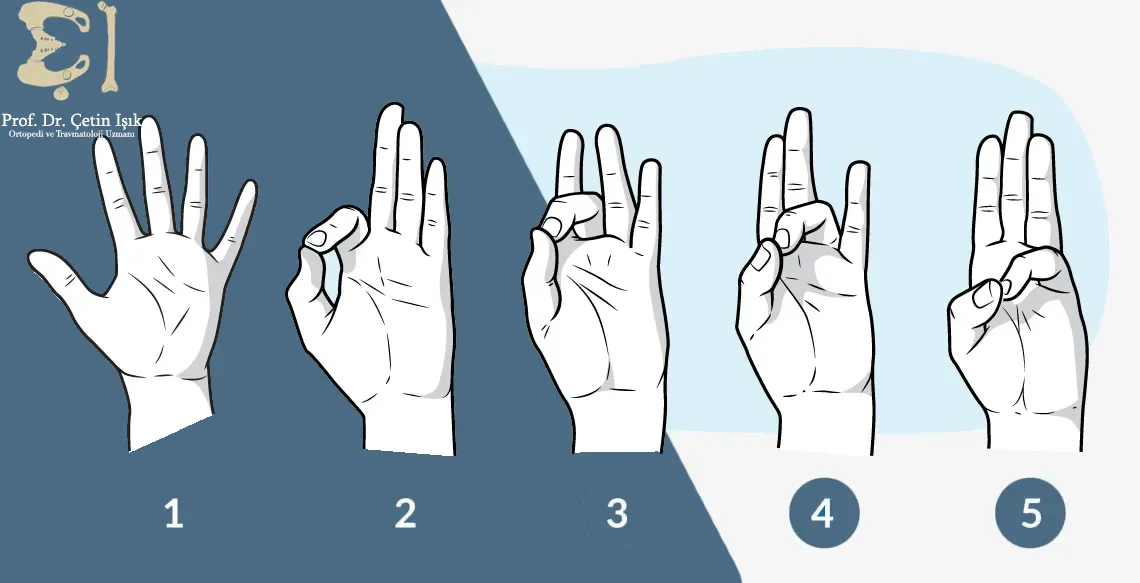
Stiff fingers treatment with sliding exercise
Place the hand on the table and make the palm touch it, then move the index finger sideways towards the thumb without bending it. Repeat this process with the rest of the fingers so that, eventually, all fingers are angled toward the thumb. Then return your fingers to the initial position before sliding them off and repeat the process.
Fist formation
Place your elbow on the table to stabilize the arm, then make a fist with your hand and hold this position for 45 seconds, then open your fingers to give them a little rest before starting again.
Finger stretching exercise
Place your relaxed hand on the table with the palm of your hand touching it, then extend your fingers until they are straight and the hand is completely flat. Keep your hand in this position for 30 to 60 seconds, then do the exercise again.
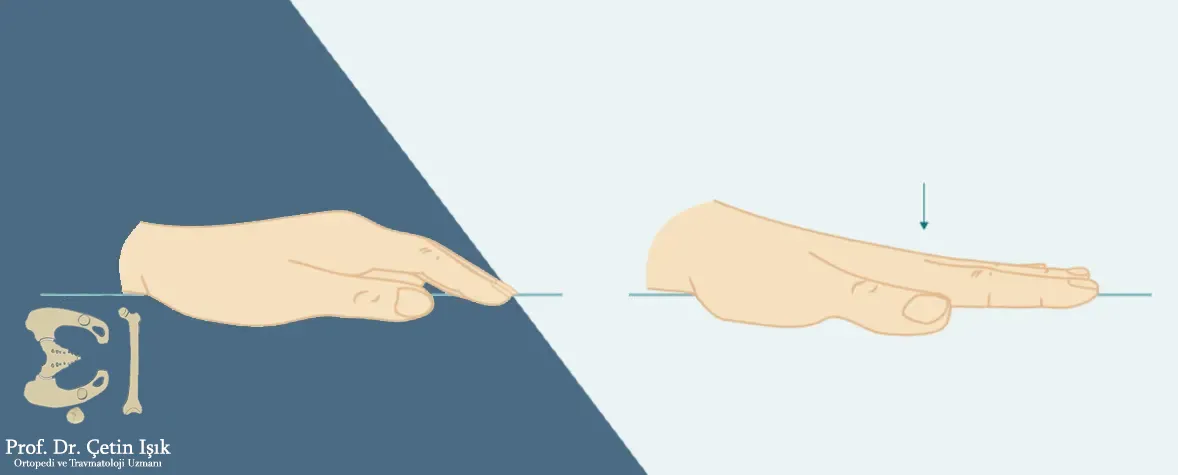
Fist-strengthening movement
Hold a small, soft ball, squeeze it well with your fist for a few seconds, then open your hand. Repeat this process for 45 seconds for each hand, and rest your hand for a day or two after doing this exercise.
Medication treatment of stiff finger joints
Some medications, such as NSAIDs and others, are used locally or systemically to relieve pain and reduce stiffness in the fingers, especially in patients with arthritis, such as:
- Ibuprofen
- Naproxen
- Aspirin
- Acetaminophen
In advanced cases and the failure of the previous methods to treat stiffness in the joints of the fingers, the injection of steroids into the affected joints may help relieve the patient from some symptoms, such as pain and stiffness. A steroid injection is also used for the trigger finger.
When the doctor performs the injection, its results appear quickly. Still, this method is used a limited number of times because of the side effects of the injection, such as weakening the ligaments and tendons.
You should avoid using the treated finger for 3 days, forming a tight fist, or holding objects for 3 weeks. Another benefit of a steroid injection is to relieve carpal tunnel syndrome symptoms. This improves finger movement.
Enzyme therapy to facilitate finger movement
Collagenase enzyme injection is helpful in the stiff fingers treatment of patients with Dupterne's contracture, as it works to dismantle the collagen fibers that cause stiffness and stiffness. Pulling these fibers apart makes the coarse texture of the hand weaker and softer. The doctor may also anesthetize the hand locally and perform several movements of the hand to help dismantle the fibrosis. Side effects of injecting enzymes into fibrosis include:
- Pain at the injection site
- Tenderness in the hand
- Bruising
- The appearance of bubbles and blisters
- Glow
The role of splints and braces in the treatment of stiff fingers
Splints and braces are used for immobilization when a stiff joint becomes painful. These methods help maintain the integrity of the joint and prevent the aggravation of joint deformity, which helps to increase the range of motion and thus treat stiff fingers.

This method is also helpful in stretching and extending the shrunken tissues, and this method achieves great success in the case of finger locking (trigger finger); The success rate is 60%.
You should also be aware that wearing splints for a long time leads to weakness andmuscle atrophyTherefore, hand exercises must be performed after removing the splint.
Surgical treatment of stiff fingers
We resort to surgery when other methods of stiff fingers treatment fail. The type of surgery used depends on the cause of the stiffness. The surgeries performed include:
- Excision or resection of fibrotic tissue in hand in Dubitran's contracture
- Release the tendon by removing the adhesions around it
- Excision of synovial membrane damaged by inflammation
- Cutting carpal tunnel
- Joint replacement in cases of inflammation
- Sometimes ligation of the joint is used to treat its inflammation, but this will not cure the stiffness of the fingers, but rather the movement will be lost entirely
After surgery, you will need to fix the hand with a splint while it heals and start exercising after removing it to restore strength and movement.
Prevention of finger joint stiffness
Follow these tips to prevent knuckle stiffness:
- Stop smoking.
- Keep your fingers from being injured during work or sports as much as possible.
- Avoid doing work that requires significant effort, and take the necessary precautions when performing it.
- Do not stop using your hand entirely and move it constantly to maintain the integrity of the tendons and ligaments and the effectiveness of the joint fluid.
- Finger stretching exercises can help.
Also, losing extra weight helps protect the joints of the whole body from many diseases, although this may be less important for the fingers.
We discussed the different methods used in stiff fingers treatment, the most critical information about them, and ways to prevent them. See your doctor if your fingers feel stiff to discuss the possible causes and the best ways to treat it.
Sources:
Common questions
Joint fluid can be increased by eating the following foods:
- Foods high in antioxidants (onions, garlic, green tea, berries)
- Dark leafy vegetables
- Turmeric
- Fish oil
Some nutritional supplements help lubricate the joints to treat stiffness and facilitate movement, such as:
- Glucosamine
- Omega 3 fatty acids
- Chondroitin sulfate
- Hyaluronic acid
- Methylsulfonylmethane
- Methionine
- Collagen
By following the previous therapeutic methods, most patients can be cured. The most important thing is to treat the cause. If not treated, the suffering from joint stiffness may continue.


